On 21 December 1945, Ezra Pound was confined to St Elizabeths hospital in Washington DC. He had broadcast for Rome Radio from 29 January 1942 to July 1943. To avoid his almost certain conviction for treason (and the death penalty visited on William Joyce, Lord Haw-Haw), the superintendent Winfred Overholser testified that Pound was insane and unfit to stand trial. Overholser connived with Julien Cornell, Pound’s lawyer. He elided the testimony of six psychiatrists, whose verdict was more equivocal. He concentrated instead on Pound’s brief, understandable breakdown after being kept in a cage at the Disciplinary Training Centre’s stockade in Pisa. A. David Moody in his exemplary three-volume life of Pound delivers this lucid conclusion: ‘The almost unanimous view of the psychiatrists present at the conference was that Pound was neither insane nor incompetent.’ Not to embarrass their superior, the shrinks recorded no formal diagnosis. It was a fix. On 18 April 1958, the indictment against Pound was dismissed, on the grounds of incurable insanity, and he was released after more than 12 years. It was another fix. Pound was sane enough to write The Pisan Cantos — a great work, composed under impossible circumstances. He was always excitable, unpredictable, opinionated, eccentric, politically unacceptable, but far from mad.
Daniel Swift isn’t so sure — about this, about anything, on principle. ‘Pound hated universities’ (p. 230). ‘Pound loved universities’ (p. 232). The Bughouse is replete with glib chiasmus. Two sample rhetorical oubliettes: ‘Pound scholars are like a family; and his family are scholars.’ Of Lowell: ‘To understand the poetry, we might begin with the drugs; and to understand the drugs, we might turn to the poetry.’
This study of Pound’s incarceration in St Elizabeths is immersive, indeterminate, a complacent attempt to impose freedom of interpretation. In his masterpiece The Ring and the Book, Robert Browning evokes the furthest attendant ripples around his true central narrative event — the murder of Pompilia by her husband Count Guido Franceschini. He invents details that reanimate history — from the gourmand defence lawyer’s laugh in his larynx ‘as he had fritters deep down frying there’, to a Venetian visitor who has lost 50 gold zecchines betting on Franceschini’s acquittal.
Swift aspires to literature, to the Browning version. And he is intent on participation, half creative critic, half dashing Geoff Dyer — to adapt Oscar Wilde, the critic as egotist. He achieves padding on an epic scale. We are given a guided tour of the National Portrait Gallery. ‘In June 1946 the garden at Howard Hall produced 400 bunches of radishes and 12 bushels of green beans.’ When Swift is given a conducted tour by Carter Wormeley, the asset manager for the redevelopment of St Elizabeths, we learn Carter was wearing ‘blue-and-yellow braces’. At a Pound conference, an anonymous French participant wears red trousers. Pound was first interrogated by Frank Lawrence Amprin of the FBI, who ‘once received a parking ticket for leaving his car too long while he was sitting an exam’. Swift has read his file and is reluctant to let anything go to waste. The file divulges the crucial character note that Amprin’s moustache ‘doesn’t enhance his appearance any’.
Throughout, the argument is exiguous and melodramatic: Pound ‘keeps the power to make paranoiacs of us all’. Some passages read like a proposal to a publisher, replete with febrile binaries, simplifications, shortcuts and meaningless hyperbole: ‘Pound in the insane asylum encapsulates the central questions about art, politics and poetry of the 20th century.’ Which are, apparently, ‘questions about what madness is, and what makes genius; about the connection between experimental art and extreme, often illiberal political sentiment…’ Surprising to see these dusty commonplaces of university modernism being given an airing again. What about Joyce, the most radical modernist experimenter with famously tolerant political views? The speculative alliance between genius and madness has been around since the Greeks. It was threadbare when Shakespeare floated the hypothesis that ‘The lunatic, the lover and the poet/ Are of imagination all compact’. By Dryden, its retirement is overdue. Especially in the context of Pound.
Swift’s stated focus is on Pound’s visitors at St Elizabeths: Elizabeth Bishop, Robert Lowell, Charles Olson, William Carlos Williams, John Berryman, Samuel Hynes. (And, too briefly, Sheri Martinelli and Marcella Span, two young women Pound serially fell in love with.) It is Swift’s contention that a pattern is established: ‘A young man goes out to the bughouse and returns a poet… They became themselves by visiting Pound and then writing about it.’ A bold but wonky proposition that barely lasts the time it takes to type it out.
William Carlos Williams, Pound’s friend, competitor and rival, is given a chapter, though he visited Pound only once. Before the visit, Williams alluded indirectly to Pound in his poetry. Whereas, after his visit, Williams quotes a Pound letter more or less directly in Book III of his long poem Paterson. Swift: ‘[Williams] dreams of springing Pound from the hospital and into the rival custody of the poem.’ It sounds good only because it is hollow and therefore reverberant. Having established that Pound and Williams are aesthetic opposites — Pound Europeanised, Williams stubbornly American — Swift contrives a reversal, ‘a deeper proof of their conjunction, and [we] might then see radio as a sign not of distance but of destiny’. What does this murkily turn out to mean?
It means that Pound performing on Rome Radio is the puppet of his American DNA. His middle name was Loomis. One of his ancestors, Mahlon Loomis, demonstrated in 1866 that communication was possible between two towers 14 miles apart. In 1872, Congress refused him $50,000 to develop his discovery, describing the project as moonshine. ‘Loomis died forgotten in 1886. Less than a decade later, the Italian Marconi sent a wireless message a distance of nine miles in England and was greeted as a genius.’ There is no evidence that Pound ever knew of this ancestor. This is no obstacle to Swift’s operatic conclusion:
Pound in his broadcasts is Mahlon Loomis, the genius bringing light to a darkened world, spinning truth from the air and conjuring the waves. Pound in his broadcasts is Mahlon Loomis, the crackpot inventor and laughable madman, thwarted and mocked by the US Congress.
Nonsense cooked two ways and typical of Swift. The art of overreach. On a par, in fact, with George Steiner’s grotesque claim that Kafka prophesied the death camps in The Trial (published 1925) and therefore contributed to their enactment: ‘Could prophecy so mercilessly articulate have been other than fulfilled?’ Feel the flourish.
In Swift’s readings, rhyme has prophetic, oracular properties too. It is a species of divination, disclosing ‘facts’ invisible to the ordinary reader, but available to the adept. For example, Robert Lowell’s Life Studies poem, ‘Home After Three Months Away’, narrates Lowell’s return from McLean’s mental hospital. He is cured and apparently happy, but feels, shockingly, existentially diminished by sanity. The last line is: ‘Cured, I am frizzled, stale and small.’ Swift, however, has an alternative reading. ‘Lowell’s rhymes remind us that this poet is a patient.’ Though the poem itself is completely silent on the matter, Swift insists that ‘Once the weekend is done he must return to the hospital for the week.’ The ‘evidence’ in the poem is that ‘rhyme is return, is rules’. The return of sound implies Lowell’s return to hospital. ‘Which is the poem’s deepest rhyme’, according to Swift. Which I think is a misreading that mislocates the poem’s power. Compare his assertion that the half-rhyme in Elizabeth Bishop’s ‘Visits to St Elizabeths’ — ‘Bedlam’ and ‘man’ — ‘whispers one more thing: that this [Bedlam] is his proper place’. Looking at Eliot’s ‘The Love Song of J. Alfred Prufrock’, Swift considers the couplet, ‘In the room the women come and go/ Talking of Michelangelo’ and comments: ‘Inside the rhyme is the fear.’
Avoid this book. Read instead Ezra Pound: Poet by A. David Moody — a painstaking, detailed, scrupulous, calmly factual account of an intricate life.
Got something to add? Join the discussion and comment below.
Get 10 issues for just $10
Subscribe to The Spectator Australia today for the next 10 magazine issues, plus full online access, for just $10.
You might disagree with half of it, but you’ll enjoy reading all of it. Try your first month for free, then just $2 a week for the remainder of your first year.

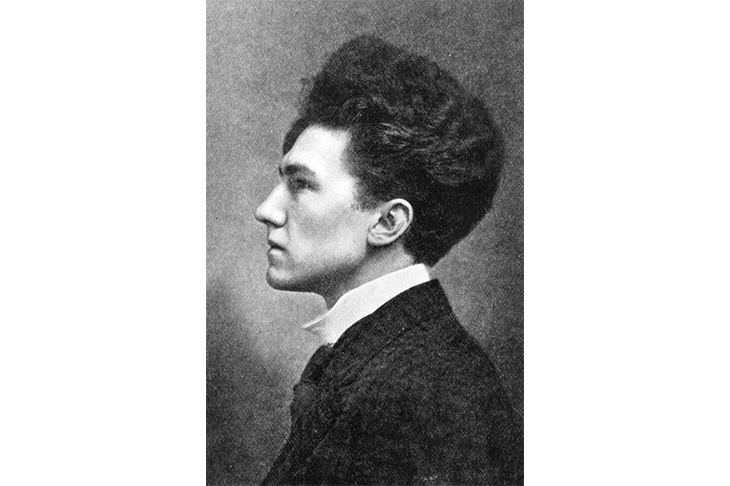
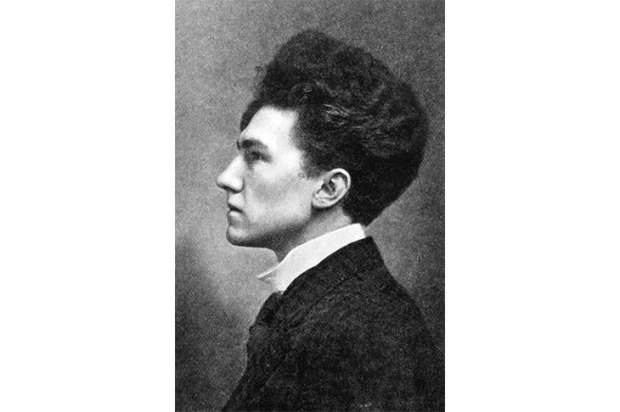

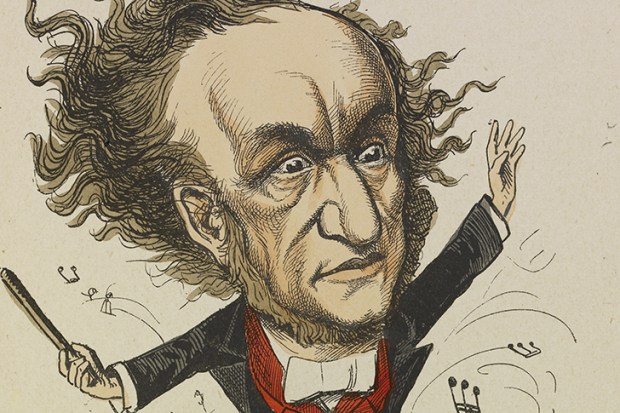
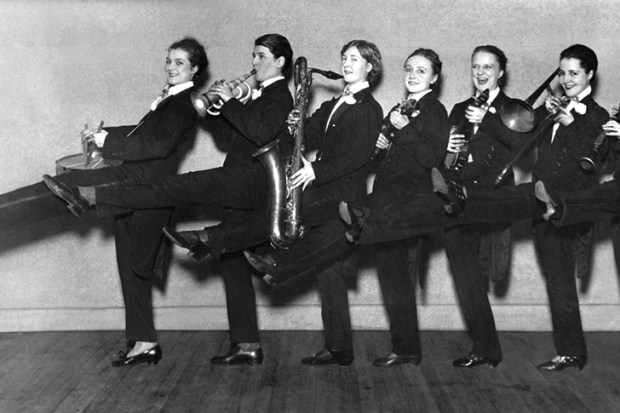
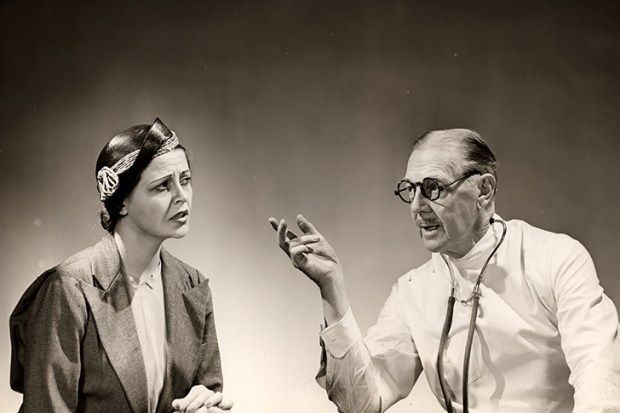
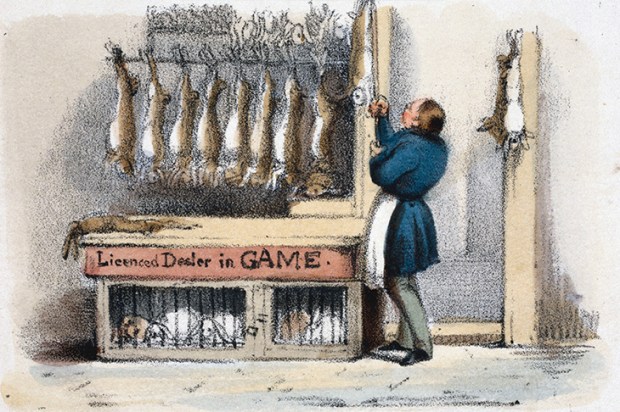






Comments
Don't miss out
Join the conversation with other Spectator Australia readers. Subscribe to leave a comment.
SUBSCRIBEAlready a subscriber? Log in